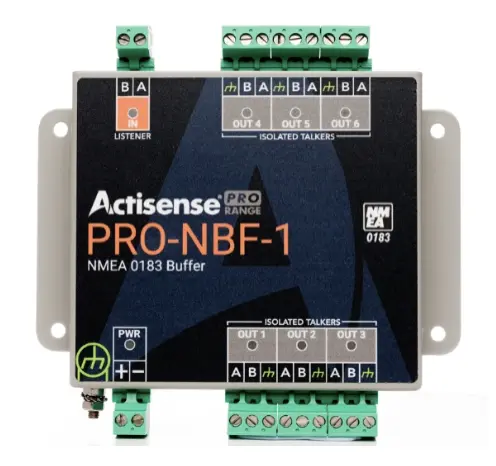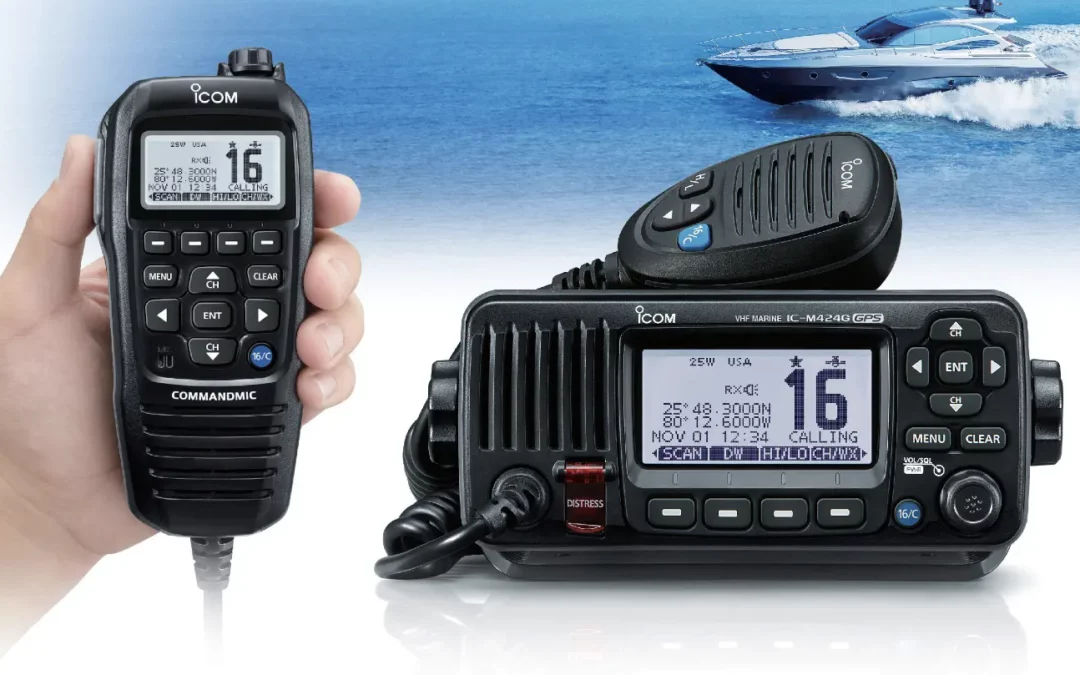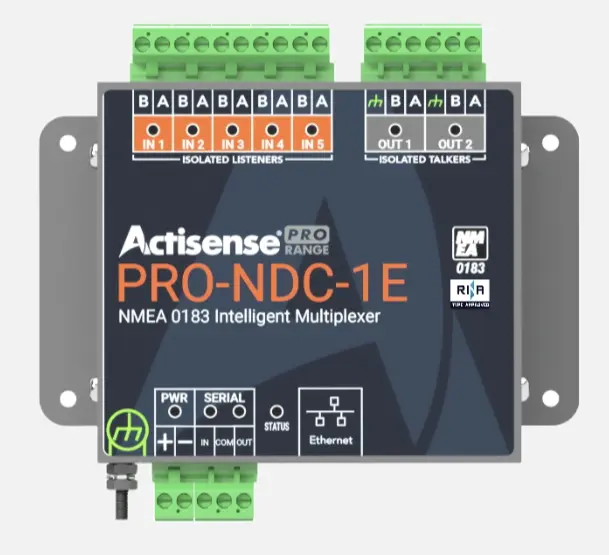Those who work outdoors, at sea, or in remote locations will know the importance of being able to maintain open communication lines with your teammates, colleagues, and other key personnel. In areas and situations such as these, typical mobile communication options are out of the question – rendering the otherwise ubiquitous smartphone useless.
This is where communication equipment such as radio comes into the picture. Radios are still the go-to for work sites and teams who need to be certain that they can keep up with day-to-day and even minute-to-minute updates while on the job. They also come in fixed-mount formats (which are typically larger and meant for the whole crew) and handheld formats great for keeping on your person, each of which serve their own purpose.
Today, we’ll be focusing on handheld radio sets used to communicate one-on-one with someone else. However, there are many types of radios available with various frequencies – how do you know which one suits your needs best?
What are VHF and UHF Handheld Radio?
Two of the most common handheld radio frequencies available are Very High Frequency (VHF) and Ultra High Frequency (UHF). While there are some similarities between the two, it’s their differences that will affect the situation or use case they’re best suited for.
When buying a new VHF or UHF handheld radio set, here are the basics you need to consider first:
- Is your existing system VHF or UHF? It’s recommended to get the same type as your current system so that it remains compatible.
- Is your existing system radio or analogue? Digital and analogue equipment may not be compatible with each other.
- Are there specific features you are looking out for? Different manufacturers use different specifications in their equipment or may provide additional features and service warranty guarantees.
If you already have an existing system, your decision should be pretty straightforward. However, if you are buying a radio system for the first time you might be wondering: VHF VS UHF – which one will suit me best?
When should you use VHF?
VHF radio waves cover a huge broadcast range between 30 MHz to 300 MHz, although many handheld marine VHF radios cover a dedicated range around 156MHz to 163MHz.
They can travel a further distance compared to UHF frequencies but are limited by line-of-sight – meaning you will need a clear, unobstructed, and visible path to the receiver to guarantee a strong signal. Additional equipment such as marine VHF antennas can help deal with this issue, giving you better range when communicating with others on land while you’re out at sea.
VHF handheld radio sets like the Standard Horizon HX300E are better suited for industries such as agriculture (on land or at sea), long-haul trucking, infrastructure construction, and public safety that are primarily set outdoors.
When should you use UHF?
UHF radio waves cover a larger range between 300MHz to 3GHz, making it possible to get better coverage with minimal interference. As they fall into a higher frequency range, the distance they can travel is limited compared to VHF – making them less suitable for outdoor or marine environments.
Similar to VHF radios, UHF radios also operate on line-of-sight and it is recommended to have a clear path to the receiver to ensure uninterrupted and unobstructed communication. Unlike VHF however, UHF radio waves can transmit through regular building walls in urban environments – making them highly suitable for indoor reception and communication.
UHF handheld radio sets like the ICOM IC-F4003 are better suited for industries such as manufacturing, healthcare, building construction, and warehousing that are located indoors or in a mix of indoor and outdoor environments.
Shop VHF and UHF Marine Radios for Sale at Tecomart
Looking for a trusted and reliable supplier for your communication needs? Tecomart has what you need to ensure you can stay in touch with your colleagues, crew, and clients while out and about. We have a wide variety of VHF marine radio and UHF handheld radio sets for sale on our online shop, now available at affordable wholesale pricing.
Shop more marine navigation equipment, amateur radio equipment, and marine communication equipment online today.







0 Comments